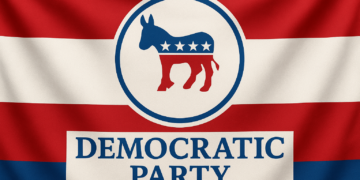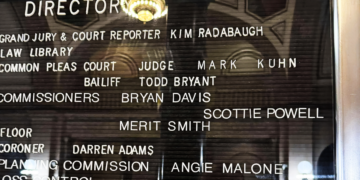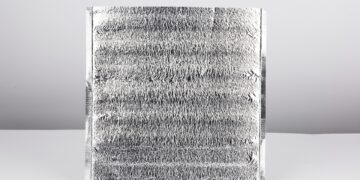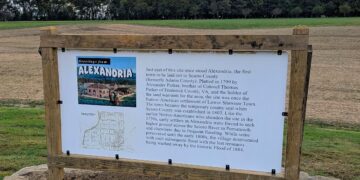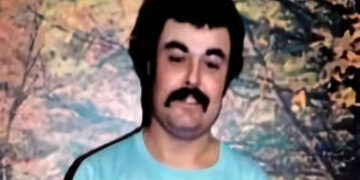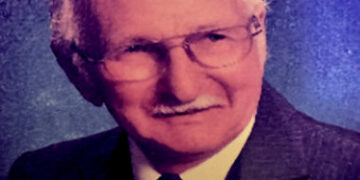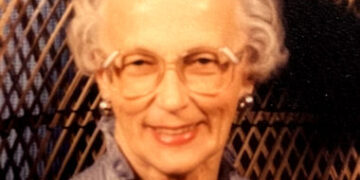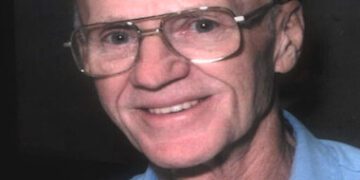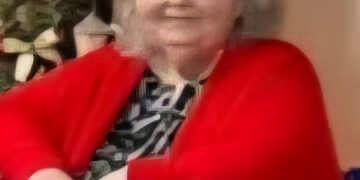National Coffee Day: Thank You, Monks
In The Beginning
Monks first roasted coffee seeds and brewed coffee, much like we prepare them today, prior to the 16th century. By the time the “European Golden Age” or “Barcelona Renaissance” began to take shape in the late 15th century, artisans had taken it upon themselves to grow, roast, and brew the caffeinated beverage in Spain.
Much of the intellectual culture of the period emanated from the wealthy city-states like Rome, Florence, and Venice, but as Barcellona and Valencia grew in influence as a trading hub, locals sought the benefits of quality coffee. Still, in spite of coffee’s position as one of the most lucrative products in the Mediterranean area, coffee did not enjoy the kind of strong cultural appeal that wines and liqueurs did.
From there, the popularity of coffee in other European regions was spread by explorers who brought the beans back from the far corners of the globe. By the 17th century, most coffee shops in Europe had the same procedures that worked in Barcelona, regardless of whether the region was Rome, Florence, or Amsterdam. The process was also the same. First, the beans were dried over a fire that was built up around a kettle. Then, during the later stages of the drying process, a coffee grind, usually the leftover grounds from previous days’ production, was placed in the flame until the entire grind was blackened.
Finally, the coffee was ground and boiled with water until it had a dark brown color and a pleasant aroma. A very light foam or foam called “pulque” then began to rise up from the surface.
The Coffee British Invasion
In the 17th century, coffee houses became commonplace in London, Paris, and Amsterdam. Coffee was consumed regularly at breakfast in Europe and was sold as bars of chocolate in the coffee houses for travelers to use on long and difficult journeys.
Coffee roasters in Britain started roasting their coffee beans at home. The most well-known, popular, and successful roasters in Britain were James Beaumont Neilson and James Heggie. Many famous coffee houses in London still credit these two men for their breakthrough innovation.
This trend continued into the 17th century. In 1685, the British Navy installed the first coffee roaster on their ships so sailors could take their first cup of coffee during their sea voyages. The process that was carried out at the start of the 18th century, when the industry began to take off, is known as the first wave of coffee houses.
Welcome To America!
Then, the next coffee wave hit in the 1820s and 1830s when the Colonization of North America took place. In the United States, a large part of the colonization effort involved spreading the practice of coffee drinking, mainly by placing trade outposts in coffee-growing regions like the New World. By the late 1820s, the main coffee growing region of California was producing nearly 100 percent of the world’s coffee beans.
In 1844, the spread of coffee began to dramatically expand when Charles Finley, an ex-patriot and heiress to a coffee plantation in Brazil, set up the first American coffee shop on that continent. Due to this initial success, many new coffee houses were built and it soon became the most popular and popular method for coffee consumption in the 19th century.
The production of coffee beans grew at an exponential rate from the 1850s to the 1880s due to a series of innovations in both the coffee bean and the roasting process. These innovations were mainly due to the increased availability of electricity, due to the Industrial Revolution.
By the beginning of the 20th century, coffee was a widely accepted and important social beverage in the United States. Many states even developed laws forbidding the consumption of coffee and alcohol while in public.
The Doctor Says, “Drink Coffee”
The period of the Roaring Twenties, when coffee was seen as a popular and social drink in America, also saw the production of synthetic caffeine in the 1940s. Synthetic caffeine, also known as dextromethorphan, was originally developed as a cough suppressant but was found to also act as an additive for coffee. It has been reported to help with weight loss, lower cholesterol, and lower blood pressure, making it an alternative to coffee in many ways.
Unfortunately, during the mid-1960s, the consumption of coffee began to decline as studies of what had been suspected for a long time began to be confirmed: coffee is addictive. While coffee contains many beneficial properties for health and energy, too much consumption can result in fatigue and other ailments.
In addition to this, most studies show that coffee contains beneficial anti-oxidants that help the body fight off illnesses. A study published in the journal of “Circulation: Cardiovascular Quality and Outcomes” shows that consuming 8 ounces of coffee per day may help prevent ischemic heart disease, which is caused by a build-up of plaque in the arteries.
Many studies show that coffee drinkers have a lower risk of mortality compared to non-drinkers. While moderate drinking has been linked to a decreased risk of heart disease and stroke, it has also been linked to increased risk of cancer, alcohol abuse, and even death.
Because of these apparent health benefits, coffee has been heralded as one of the healthiest drinks that one can drink, but just how beneficial is it? After all, moderate drinking is known to be beneficial for health in general, but many of the reported benefits are actually due to other components in coffee, not caffeine. For example, the antioxidants and polyphenols that are abundant in coffee may improve bone health.
While more studies are needed in this area, the evidence that coffee is beneficial to health is significant and there is little reason to stop drinking coffee.





























